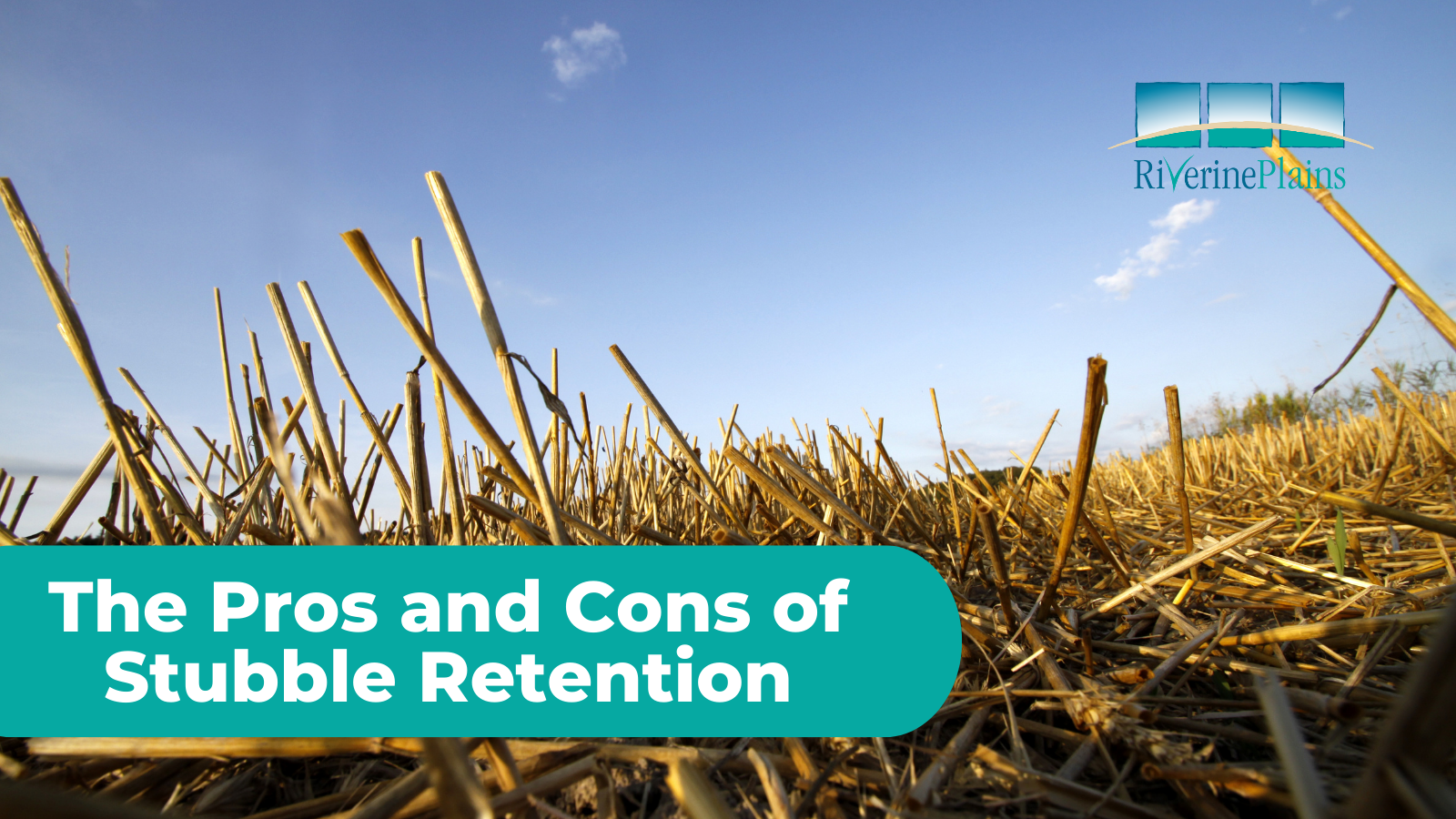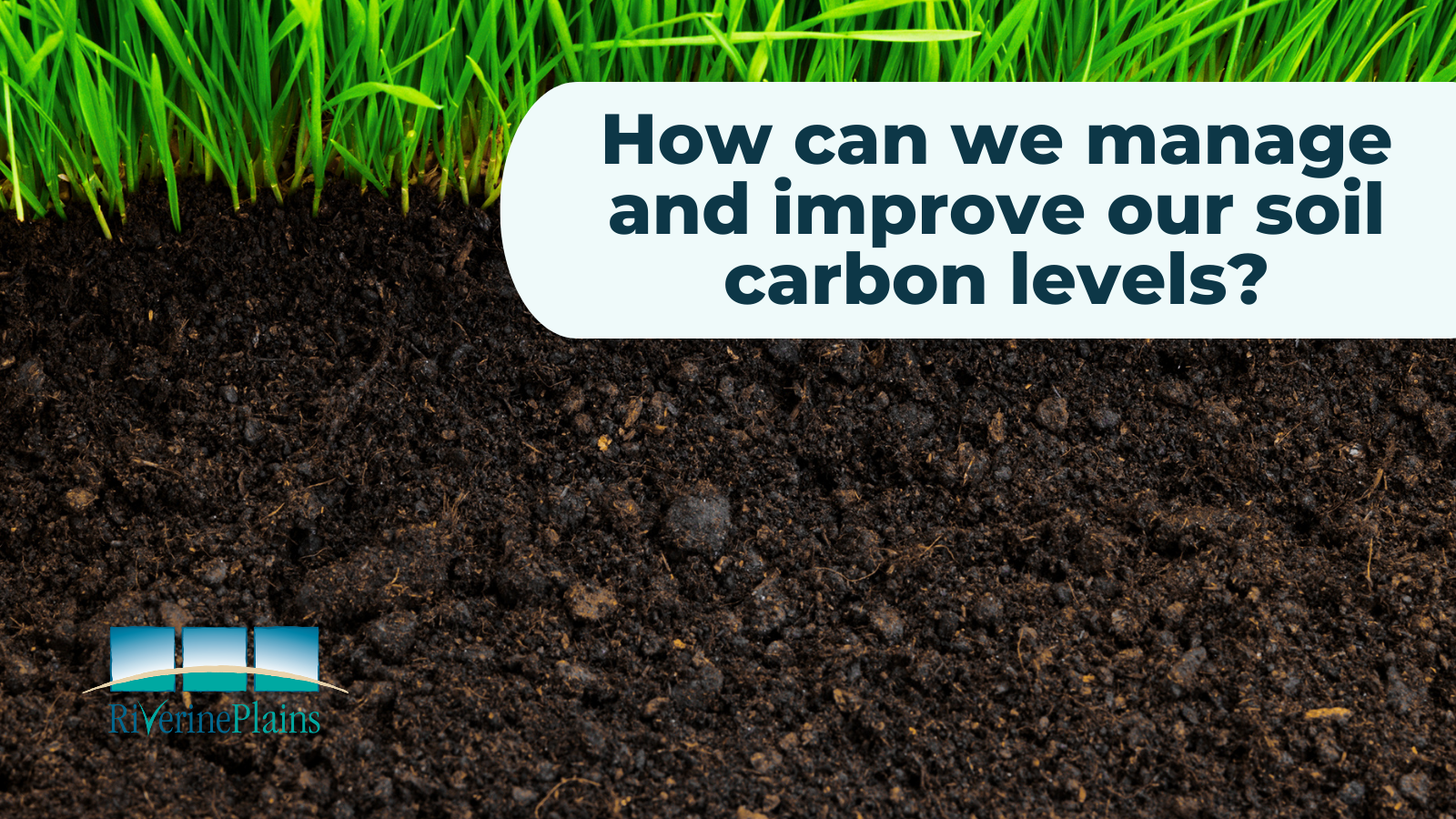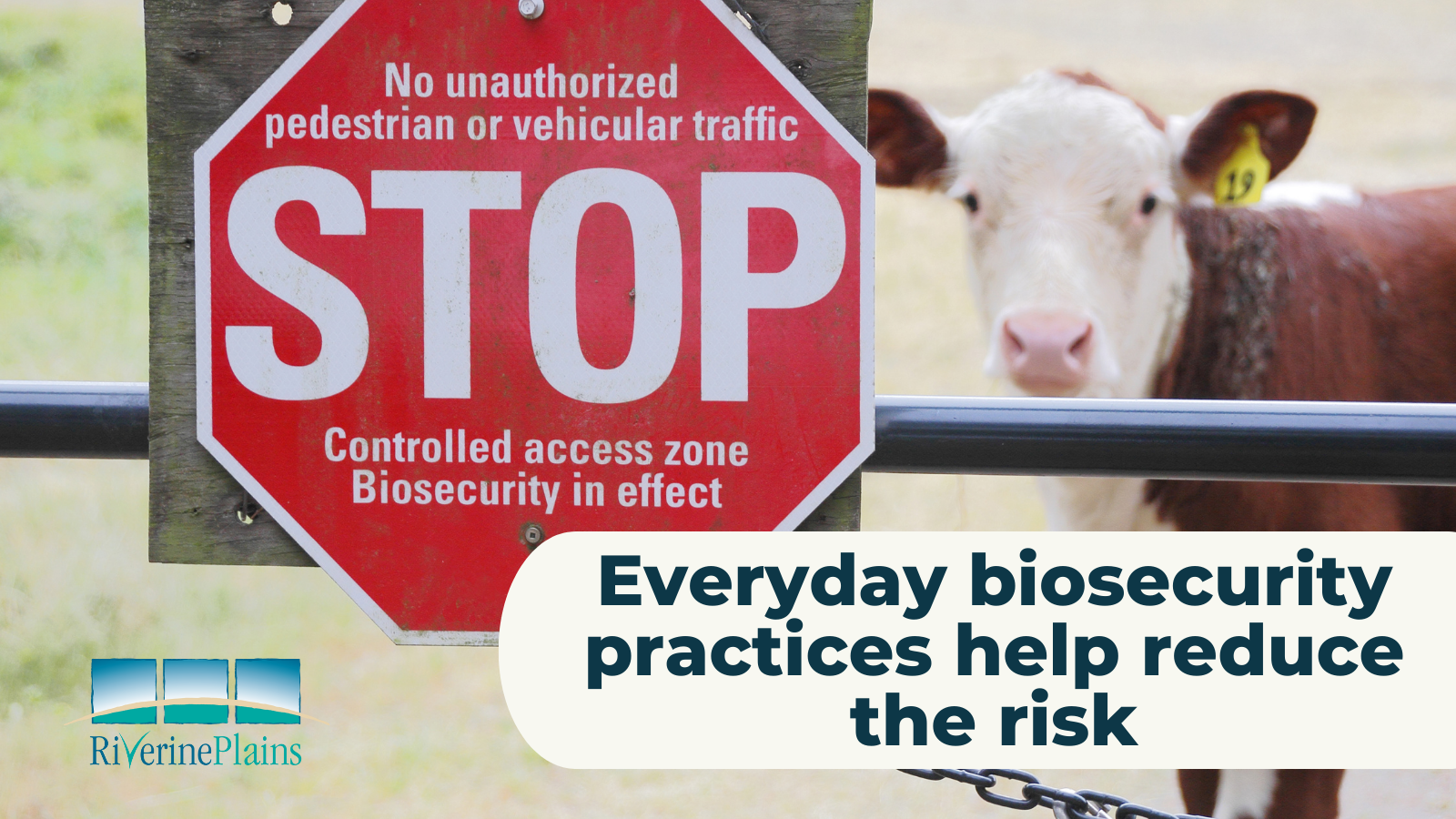The Pros and Cons of Stubble Retention
Key Messages
- Stubble retention has many benefits for soil health, can improve soil moisture and help maintain soil organic carbon levels
- Different methods of sowing and equipment result in different thresholds for change in terms of maximum stubble load that can be retained
- If full stubble retention is not feasible due to machinery, weeds or disease constraints, there are other options such as shallow incorporation, slashing straw or cutting short at harvest which can reduce the frequency of burning
Benefits of Stubble Retention
Retaining stubble can reduce the impacts of soil erosion. At least 70 per cent ground cover minimises water erosion risk and 50 per cent ground cover minimises wind erosion risk. Stubble height should be at least one-third of the width of crop rows. In general, the shelter provided by a barrier is approximately three times its height; 10 cm tall stubble will protect the adjacent 30 cm of topsoil. (Source: Managing stubble | General agronomy | Crop production | Grains, pulses and cereals | Crops and horticulture | Agriculture Victoria )





